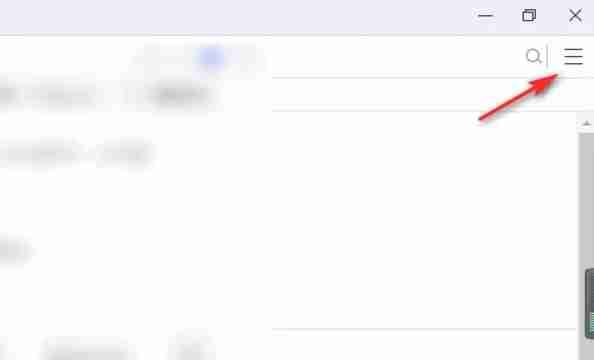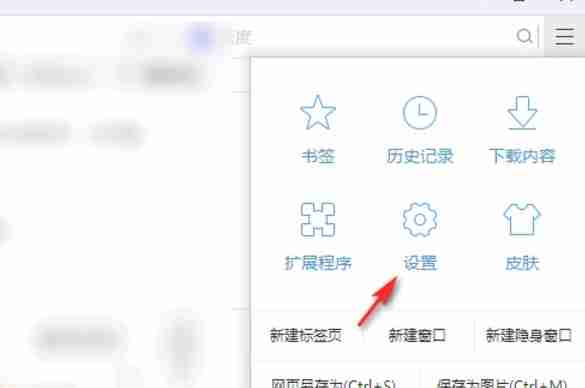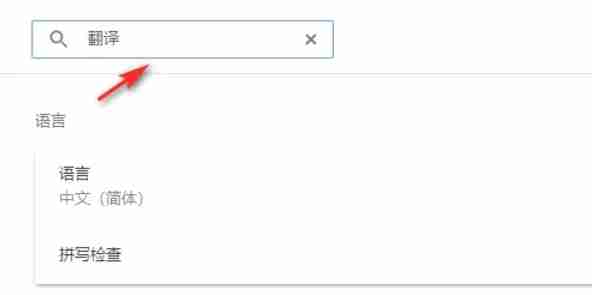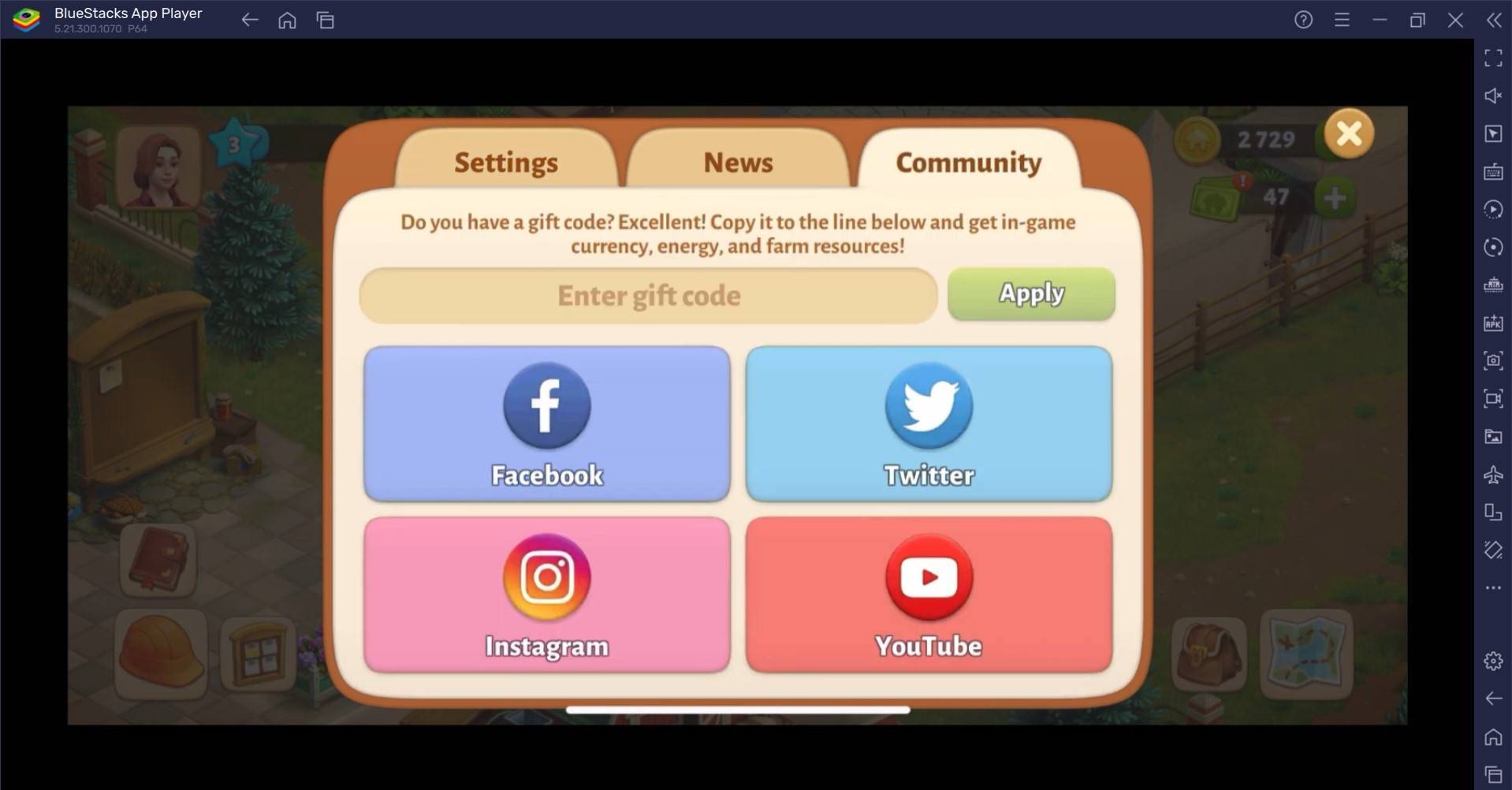Superliminal: Immersive Puzzle Adventure Explores Perception
Master the Art of Google Chrome Webpage Translation: A Comprehensive Guide
Tired of language barriers hindering your online browsing experience? This guide provides a step-by-step walkthrough on effectively using Google Chrome's built-in translation features, covering whole-page translation, selected text translation, and personalized settings adjustments. Follow these simple steps to unlock seamless multilingual web browsing.
Step 1: Accessing the Settings Menu
Locate and click the "More" menu in the upper right-hand corner of your Google Chrome browser window. This is typically represented by three vertical dots or three horizontal lines.

Step 2: Navigating to Browser Settings
In the dropdown menu, select the "Settings" option. This will open your browser's settings page.

Step 3: Locating Translation Settings
At the top of the settings page, you'll find a search bar. Enter "Translate" or "Languages" to quickly filter and locate the relevant settings.

Step 4: Accessing Language and Translation Options
Once the search results appear, locate and click the "Languages" or "Translation" option.
Step 5: Managing Supported Languages
In the language settings, you'll see a list of languages supported by your browser. Use the dropdown menu to add or manage languages.

Step 6: Enabling Automatic Translation
Crucially, ensure the option "Offer to translate pages that aren't in a language you read" is enabled. This allows Chrome to automatically prompt you to translate web pages written in languages other than your default browser language, eliminating the need for manual intervention each time.
By following these steps, you can leverage Google Chrome's powerful translation tools for a truly global online experience.
-
New details have emerged about the long-rumored remake of The Elder Scrolls IV: Oblivion, with leaked screenshots and images showcasing significant visual upgrades in The Elder Scrolls IV: Oblivion Remastered. Leaked Images Surface From DeveloAuthor : Hannah Nov 26,2025
-
Renowned director Joe Dante, celebrated for classics like Gremlins and its sequel, also helmed the 1998 cult favorite Small Soldiers. This nostalgic gem is now receiving a premium 4K upgrade with an exclusive steelbook edition. For collectors seekingAuthor : Sebastian Nov 25,2025
- WWE Superstars Join Call of Duty Warzone: Mobile Roster
- Monster Hunter Now Adds New Monsters for 2025 Spring Fest
- Midnight Girl is a minimalist point-and-click adventure set in Paris in the 60s, now open for pre-orders on mobile
- Mobile Legends: Bang Bang – Best Lukas Build
- "Grand Outlaws Unleashes Chaos and Crime on Android Soft Launch"
- "Fallout Season 2 Premieres in December 2025, Season 3 Confirmed"





















